
Clegg Hall
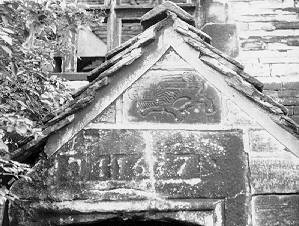 Image shown with the permission of Brian Clegg. Just how old Clegg Hall is and whether or not it stands on the site of a much older medieval building is for now speculation. However, the Grade II listed building, which is located a short distance south-west of Smithy Bridge, was built between 1610 and 1618. It was built by Theophilus Asheton and it was described as having around it gardens, a fishpond, orchards, barns, stables and pigeon houses. The house was the focal point of the small community also known as Clegg Hall. A hundred years later the building was owned by a family by the name of Turner who converted the hall into a pub called The Hare and Hounds. In 1810 the Clegg Hall estate was purchased by a flannel manufacturer from Crimble called Joseph Fenton. Fenton acquired water from the Rochdale Canal Company out of their Hollingworth Lodge reservoir to power a mill. It is likely that the mill was used to manufacture flannel. There are weavers' cottages nearby that were probably built by Fenton as part of his flannel business. The Hall itself operated as a pub for a long time and on occasion changed its name and its tenant. At one point in the 19th century it was known as the "Black Sloven" and then went back to the "Hare and Hounds". 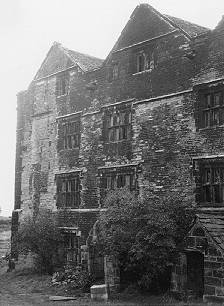 Image shown with the permission of Brian Clegg. 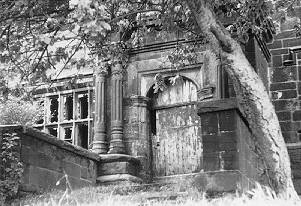 Image shown with the permission of Brian Clegg. Visitors to the Hall in the year 2000 would have seen that, despite its protected status, it has fallen into rack and ruin. In fact, this is not a recent development. So bad was the state of the building in 1844 that its decay was noted in the Rochdale Spectator and in 1869 the pub lost its license. 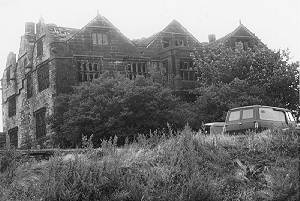 Image shown with the permission of Brian Clegg. The ownership and fortunes of the Clegg Hall Mill also changed over time. It became a cotton mill in the middle of the 19th century when it was purchased by James Tweedale. It provided employment to 41 people. In 1879 Thomas Wilson bought the mill and used it to spin cotton waste. Then during World War I production switched to wadding and absorbent cotton wool. After the war, cotton production at Clegg was replaced with the manufacture of flannelette. 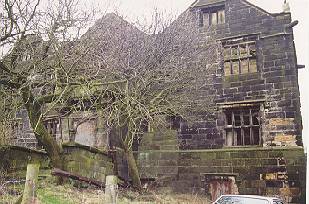 Image shown with the permission of Brian Clegg. 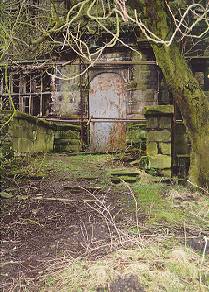 Image shown with the permission of Brian Clegg. *************** Here are some more
views of Clegg Hall shown with the permission
of English Heritage.
******************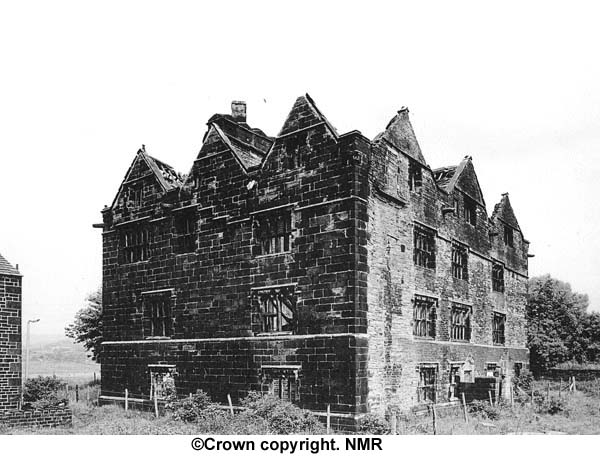 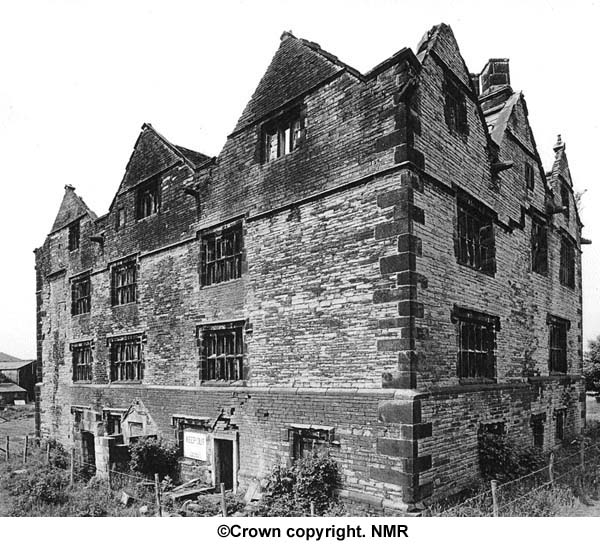 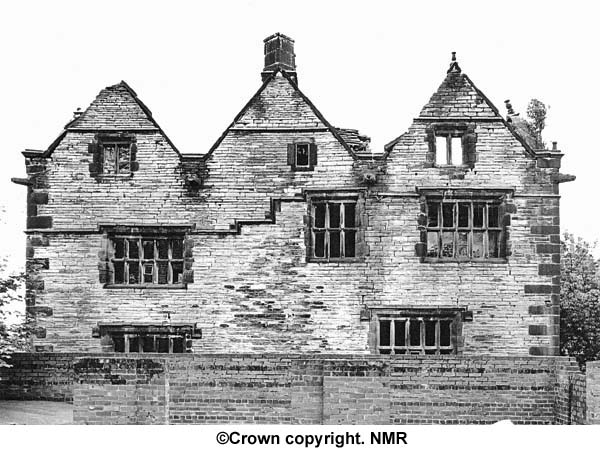 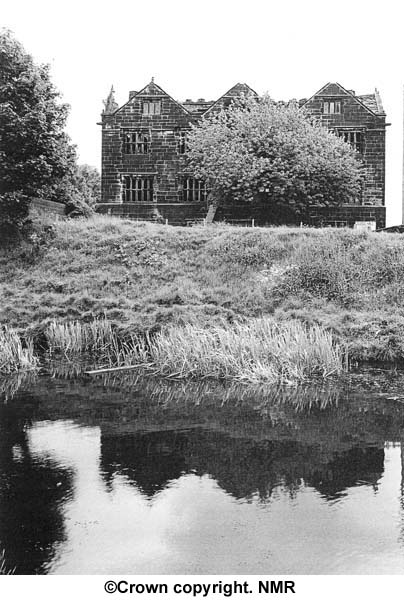 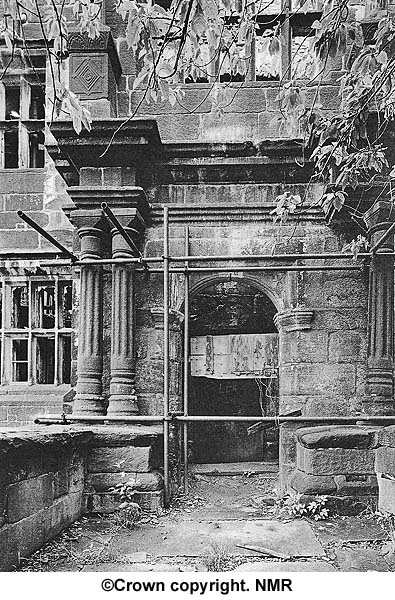 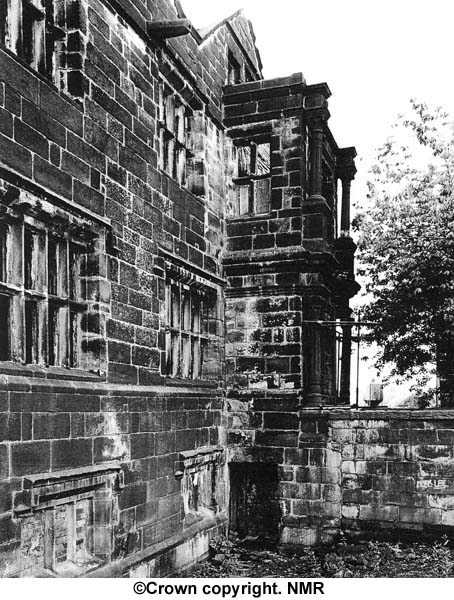 Clegg Hall's
fortunes picked up in 2006 when a process of
restoration began. In March of 2010 the
restored 32 room building was listed for sale at a
guide price of £1.5 Million.
|
Close Window
